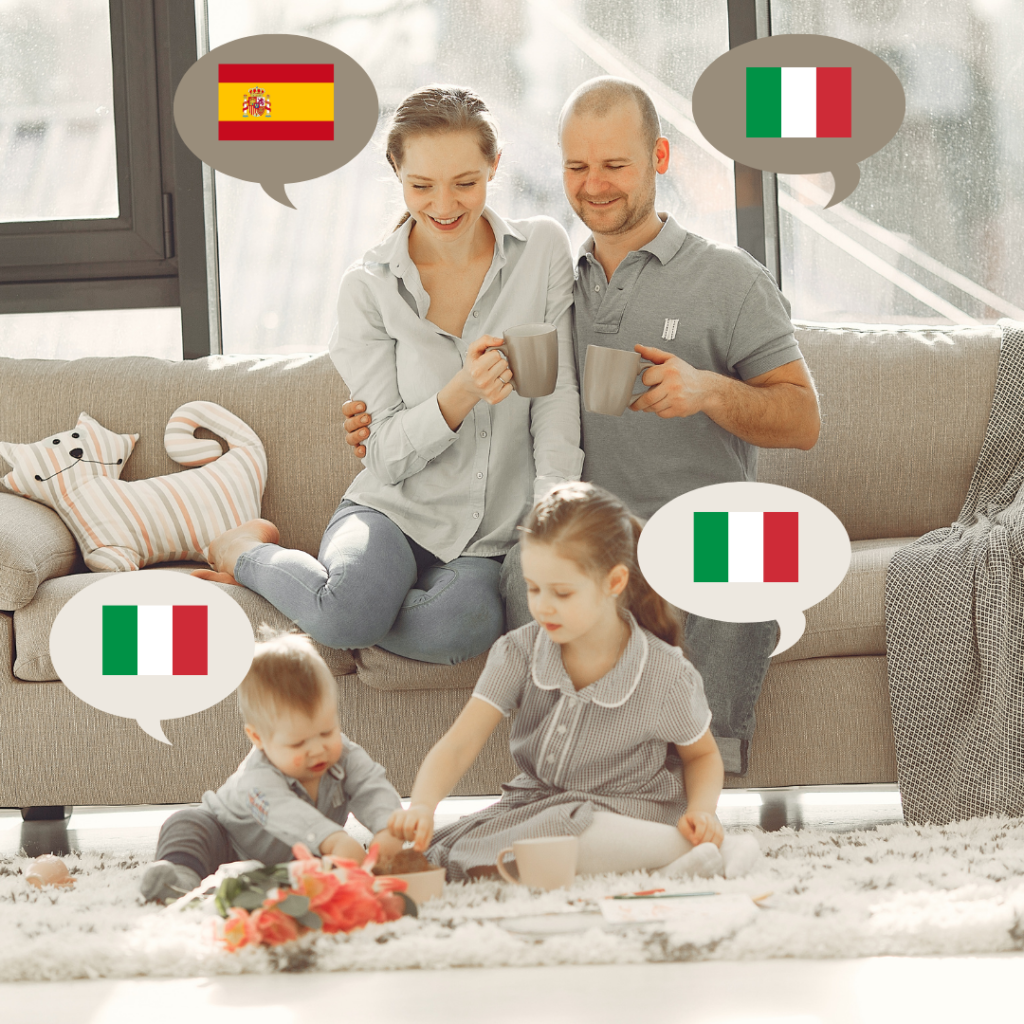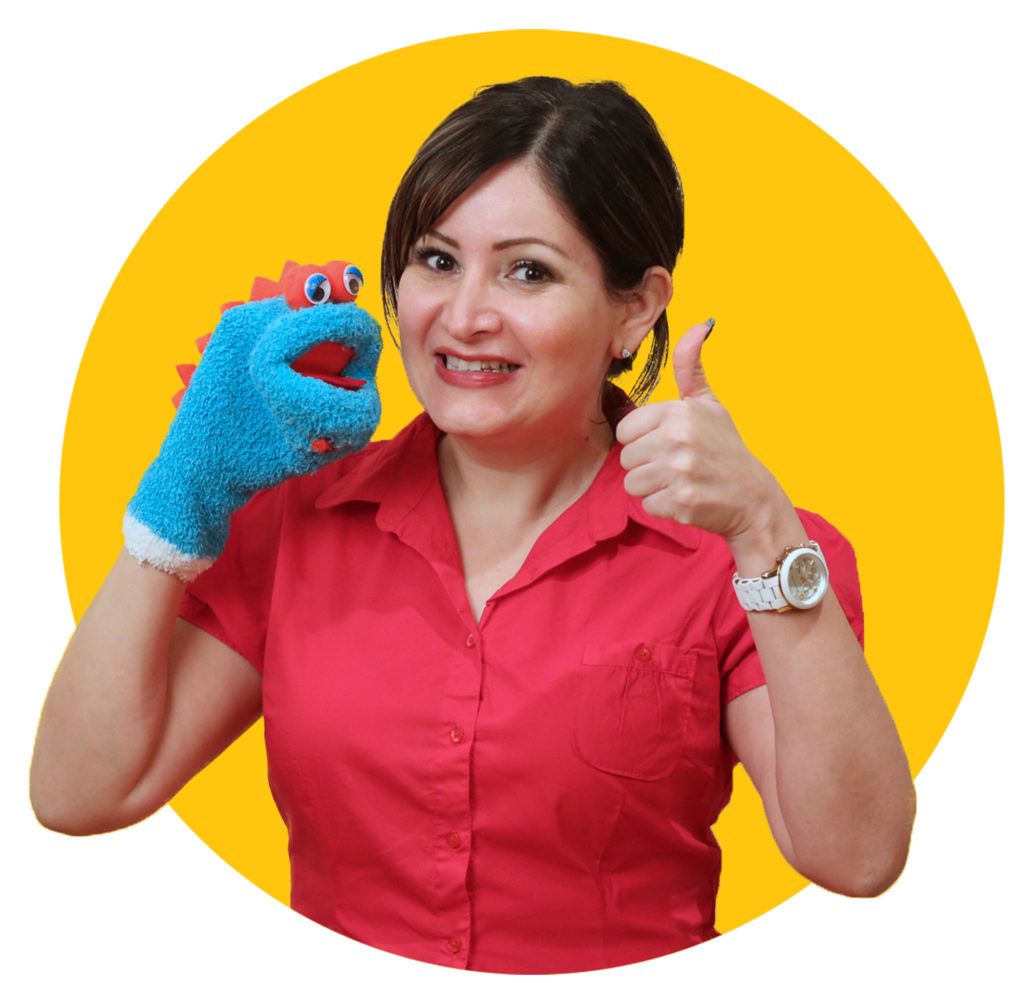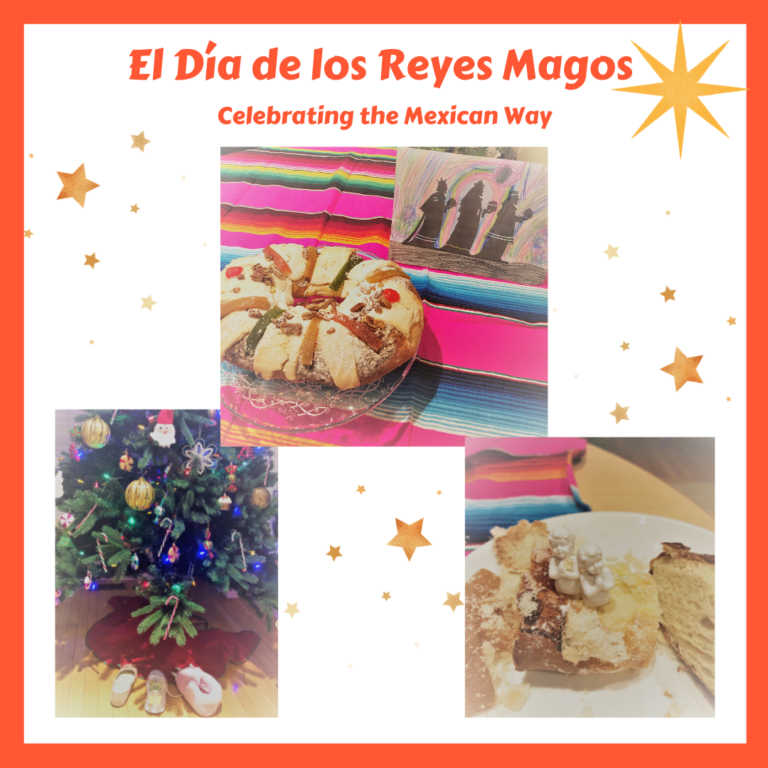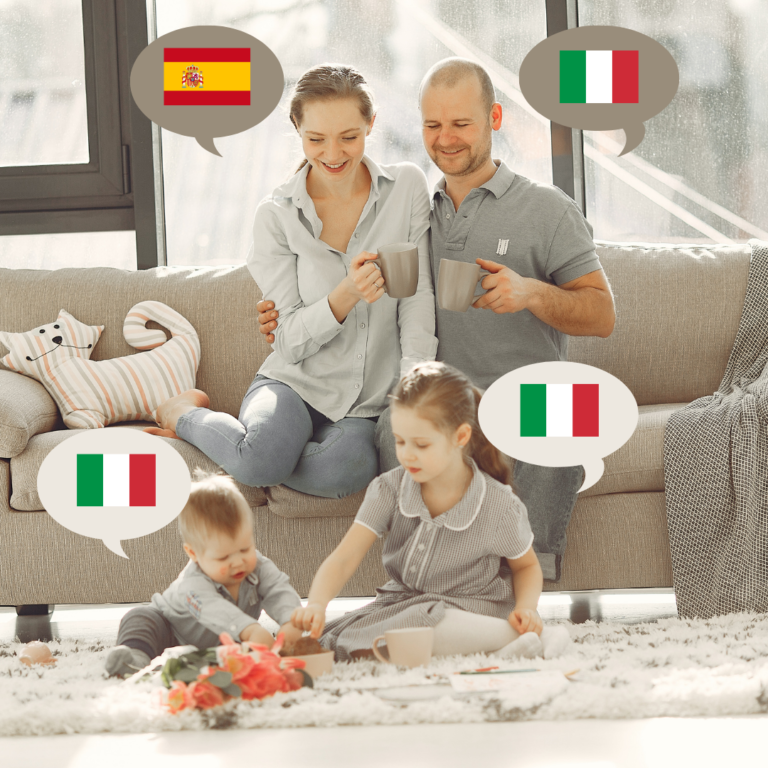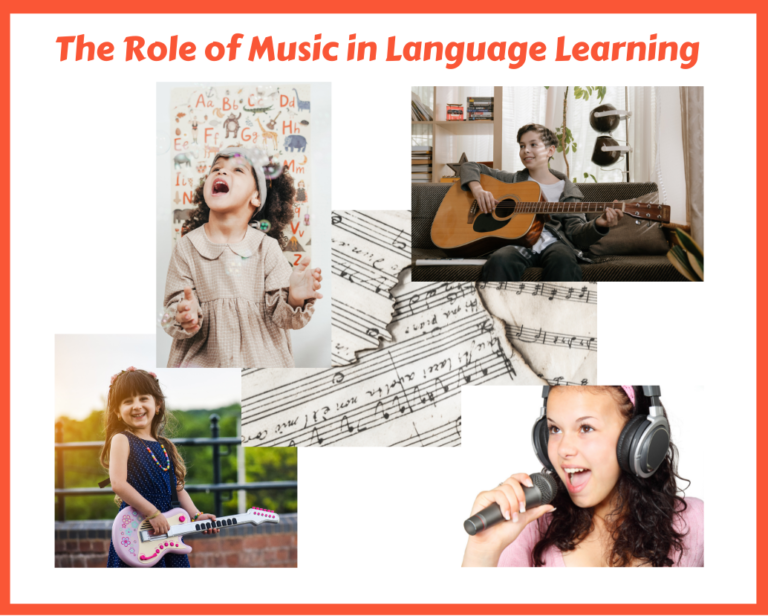Are you a parent of a child in a bilingual or multilingual family? Do you live in a country where your language is not the official language, but you really want to pass it on to your kids? You are not alone. In this blog, I will talk about some ideas to help your child improve in your native language.
In our global world with travel and communication being so accessible, it is very common to move to other countries and have our own bilingual or multilingual families. The challenge for many parents is that it is often easier to speak with the family in the local language in order to include everyone. In addition, in our busy and hectic world, it is often faster to communicate in the local language as the child usually understands it more easily.
When you don’t use your own language with your kids, it is very easy to see the gap between the first language and yours. The reason is obvious: everything in their little world is in their first language: school, music, entertainment, friends, TV, etc. When I talk to friends who have a bilingual or multilingual family, we agree it is very sad to see our kids struggle to talk to our families back home.
So what are some ways we can help our little ones?
First, the best gift we can give our children is to speak to them in our language so that they learn it in a natural way, just the same way we learned our first language. Think about how easy it was for you to learn your first language compared to a second language learned at school.
Speaking in your language can be challenging at the beginning, especially if your child is older and not a toddler anymore. If this is the case, you can transition from one language to another little by little until you talk to him or her in your language only.
Make a reading routine where you will first introduce bilingual books and then transition to books in your language only. I do have friends who jump into reading in their language right away, but you can decide which approach works best for your little one.
If your child watches TV, find TV shows that he or she likes in your language.
Play audiobooks in your language. You can find them at your local library and online. Many sites have a wide selection of audiobooks in different languages.
Enroll them in formal language lessons. This will help reinforce his or her current knowledge and will lead to using the language properly. For example, if your child’s second language is Spanish, I can help your child progress through regular Spanish for kids lessons.
Mark a day of the week where you will play music in your language at home. You can start and then make it a routine. You can choose to listen to kids’ music or traditional music from your country.
Facetime with your family and friends back home and use your language.
Plan playdates with kids who speak your language. Talk to the parents to agree upon your goal, and encourage the use of your language as the use of the local language can often be used automatically.
Introduce games (either online or board games) in your language. At home we have a few board games in Spanish (e.g., Life, Monopoly). It is fun to play and read the cards in the second language. It can be challenging at the beginning, but with practice and a little translation, the kids will quickly learn simple words and eventually full sentences.
Make family language rules. I have a Colombian friend who has a rule in her family that “Spanish is spoken at home; everywhere else English”. You can create a similar rule; for example, “Tuesdays and Wednesdays, we speak my language”
Are there any ideas on helping your kids integrate a second language that you would like to share?
To help you, I have created an infographic, which I’m happy to share with you. To get your copy, enter your email in the “Want more learning resources?” section below.
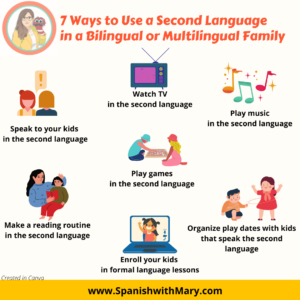
As we can see, exposure to your language is the key, and the more exposure, the more quickly your child will progress. Start little by little, and be persistent.
Have fun learning!

